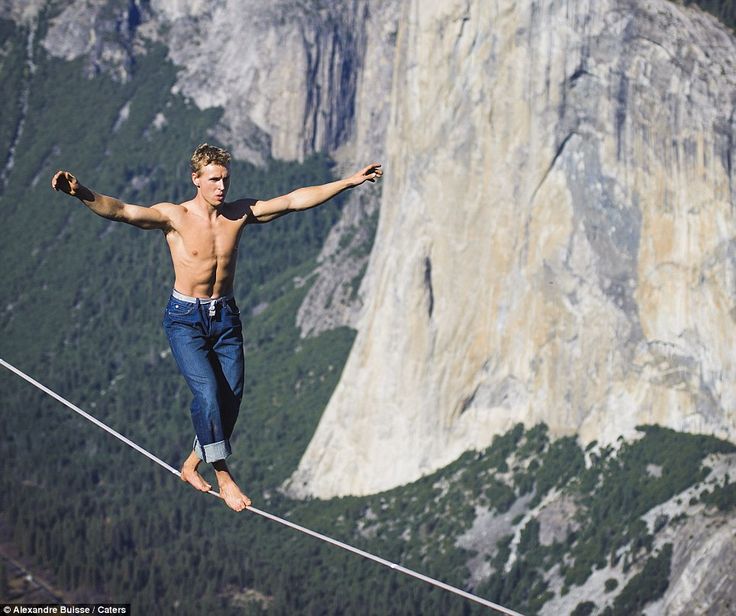california
Well-Known Member
CAMPBELL RIVER, B.C. – An independent economic analysis of the salmon aquaculture industry in British Columbia shows an increase of 37% over the past three years in its value to the province, resulting in the creation of over 1,600 jobs. Overall, farming and processing 92,800 Metric Tonnes of salmon in 2016 resulted in over $1.5-billion towards the B.C. economy.
• The total output generated by the B.C. farm-raised salmon industry increased 37 percent from $1,144.0 million to $1,561.9 million.
• The total GDP generated by the B.C. farm-raised salmon industry increased 36 percent from $411.5 million to $557.8 million.
• The total employment generated by the B.C. farm-raised salmon industry increased 33 percent from 4,977 to 6,610 full-time equivalents.
• The government taxes generated by the B.C. farm-raised salmon industry increased 39 percent from $62.0 to $86.1 million.
• The total production of farm-raised salmon in B.C. has increased 8% since 2002.
Just to put in perspective if we were to "lose" this industry
Provincial Corporate tax revenues not including resource royalties are 3.4 Billion, so FF tax revenue is about 2% of non resource tax revenue - they don't pay much corporate tax
As a % of Total BC Govt revenue fish farms provide just over 1/10 of 1%, and without their tax contributions the estimated provincial surplus would be about 250 million for 2018, not the 330 Million currently estimated
The 1.561 Billion number includes all estimated associated spinoff activities, the GDP number is 557.8 million which likely is the landed value of the harvest. Worth noting that much of the 1.5 billion in activity goes offshore as the industry is almost exclusively foreign owned. Overall if there was a will to completely get rid of the industry it could be done with little real harm to the BC economy or the provincial coffers. I don't think that's what most people here want though, they want the operations moved to land.
What we essentially get for the risk to our wild salmon stocks is $81 million in tax revenues, and about 6,000 jobs. I guess it depends on your perspective if this is a worthwhile trade off or not. For some it is, for many others, its not. If there is indeed effects on wild salmon these benefits will be counter balanced by reduced tax revenues and jobs from the sport and commercial sectors.


